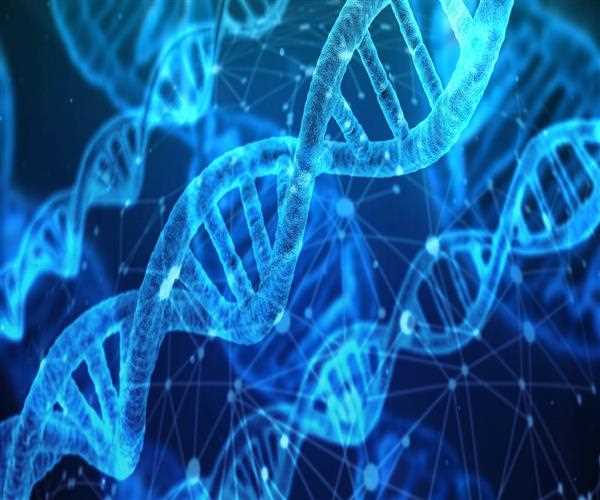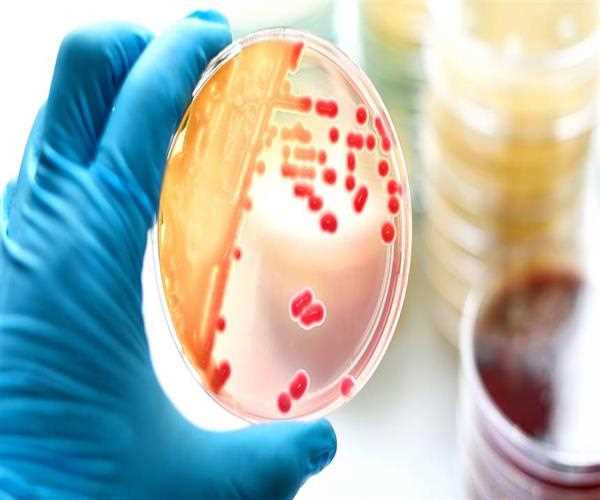Search here

02-Mar-2020 , Updated on 12/20/2022 5:42:13 AM
How a Bacteria Can Change Iot Technology?
Envision planning the ideal gadget for the Internet of things. What capacities must it have? In the beginning, it must have the option to communicate, both with different gadgets and with its creators. It must have the option to store and operate on data. Also, it must screen its condition with a scope of sensors. Moreover, it will require an inherent engine.
There is no lack of such gadgets that have a significant number of these highlights. Most depend on generally accessible, minimal-effort gadgets, for example, Raspberry Pis, Arduino sheets, and so forth.
But now scientists have invented a unique kind of IoT device that can be called a perfect IoT device which will have the ability of concealability and unpretentiousness making the innovation turn out to be totally omnipresent. This latest invention is called the Internet of Bio-Nano Things (IoBNT). A certain kind of bacteria is found that has few of its attributes that could be useful to make effective sensor networks. Points of interest to a natural variant of IoT incorporate the modest size as well as the independent idea of microbes, which incorporates innate propulsion.
The manner in which bacteria store and operate on data is a rising territory of research, quite a bit of it concentrated on the bacterial workhorse Escherichia coli. These microscopic organisms store data in ring-formed DNA structures called plasmids, which they transmit starting with one life form and then onto the next in a procedure called conjugation. This sort of data transmission happens constantly in the bacterial world, making an incredibly complex system.

E. coli makes an ideal medium for such a complex system. They are motile—they have a worked-in motor through waving, string-like limbs called flagella, which create push. They have receptors in their cell dividers that sense parts of their condition—temperature, light, synthetic concoctions, and so on. They store data in DNA and procedure it utilizing ribosomes. Also, they are minor, permitting them to exist in conditions that human-raised advancements have hell getting to.
E. coli are generally simple to control and design also. The grassroots development of DIY science is making biotechnology instruments less expensive and all the more effectively accessible. This sort of bio-hacking is getting moderately normal and shows the exceptional capability of an IoBNT. Moreover, these bacteria can also be reprogrammed to treat ailments.
However, there are different drawbacks to this too. While hereditary designing makes conceivable a wide range of entertaining trials, darker prospects give bio-security specialists restless evenings. It's not hard to envision microscopic organisms going about as vectors for different dreadful illnesses. Even tracking these bacteria is quite difficult which could lead to the loss of bacteria. Anyhow, this invention would definitely take IoT to a higher level.
[Read More: India and its 5G Future ]
Join Our Newsletter
Subscribe to our newsletter to receive emails about new views posts, releases and updates.
Copyright 2010 - 2025 MindStick Software Pvt. Ltd. All Rights Reserved Privacy Policy | Terms & Conditions | Cookie Policy
